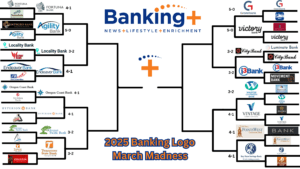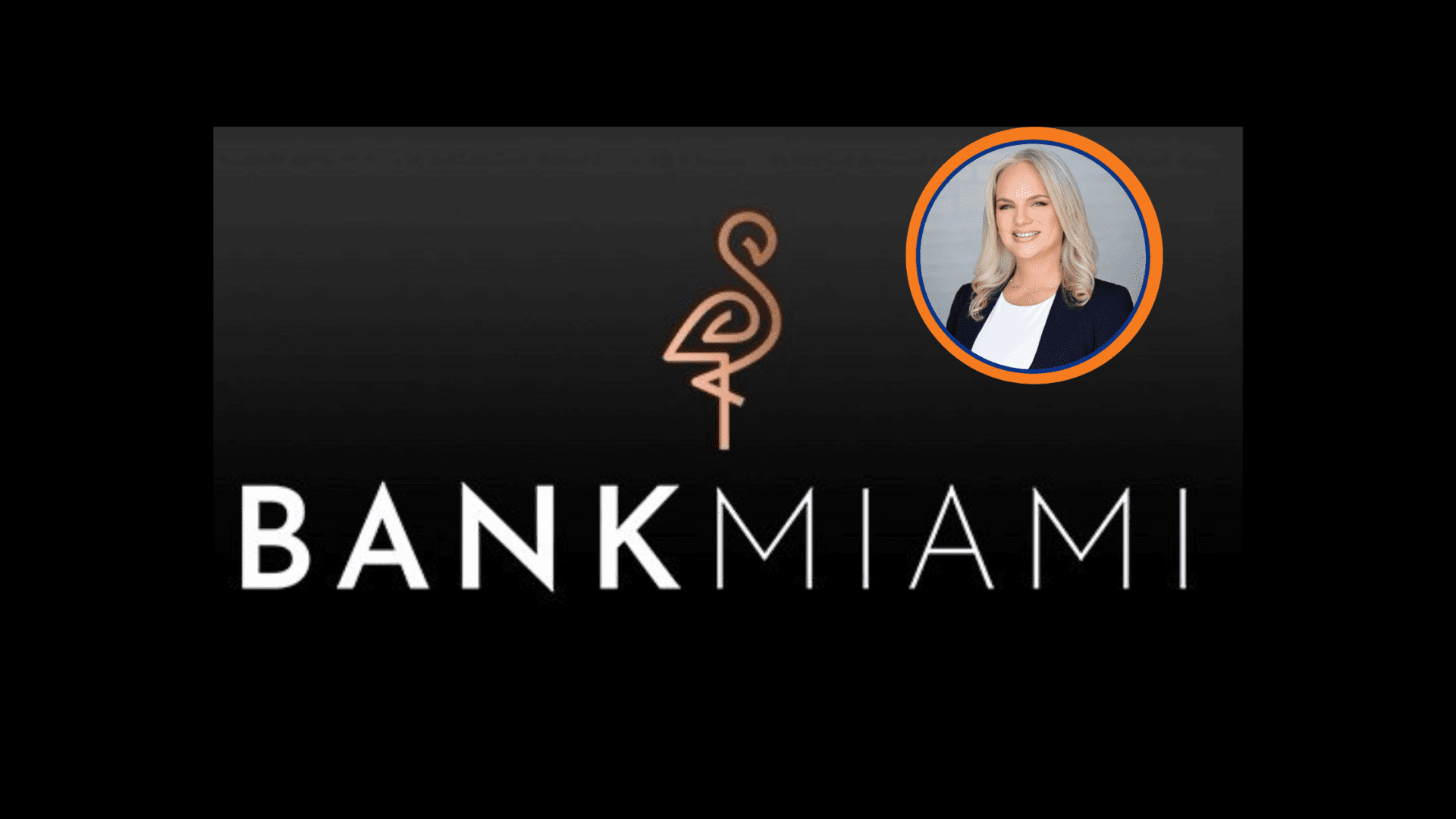A Threatening Letter from BOA, Printed on Victim’s Home Printer, Dupes Bank Customer into Handing Over $17,500
A doorbell camera in North Carolina recently captured a heartbreaking moment that led a Chicago-area woman to unknowingly hand over $17,500 in cash to a scammer posing as a bank and PayPal representative. The case, reported by ABC Chicago 7, underscores the evolving sophistication of financial fraud and the need for banks to reinforce both customer education and frontline defenses.
The Scammer’s Playbook: Initial Contact & Deception
The victim, who asked not to be named, first encountered trouble when she tried to log in to her bank account online. Unable to access it, she called what she believed was her bank’s customer service number stored in her phone. The person on the other end told her that her accounts had been frozen due to a dubious PayPal transaction.
She was then transferred to someone she thought was from PayPal’s fraud department. Following the instructions of the faux customer service representative, she downloaded software onto her computer that allowed the scammers to manipulate what she saw on her account screen. At one point, it appeared as though $18,000 had been mistakenly deposited into her checking account.
In reality, the fraudster had simply moved funds from her savings account into checking, making it look like a bank error that she needed to “fix.”
Why the Bank Victim Withdrew Cash: A Deep Dive into Duress
The scam escalated when a fake Bank of America letter appeared from her own home printer. The document claimed her account had been flagged by the IRS for an “unresolved tax issue” and instructed her not to alert her branch. The letter explicitly warned that discussing the matter with bank staff could result in the freezing of her funds.
Over the course of a four-hour phone call, the scammer pressured her to withdraw $17,500 in cash. Despite a bank manager asking whether she was under duress, she assured him she was acting of her own free will, unaware that she was being manipulated.
Following the caller’s instructions, she went home and handed the cash to a man who arrived at her door. Leveraging the technological capabilities that underpinned the crime, the requestors of the funds immediately printed one more note to the victim. It was a polite thank-you note for her promptness in completing the transaction.
Doorbell camera footage later confirmed the suspect, identified as Ling Zang, who is now facing charges including obtaining property under false pretenses and felony conspiracy. Authorities say Zang and an accomplice are linked to schemes across multiple counties, with losses approaching $400,000.
The Emotional and Financial Impact on Victims
The victim later revealed that the stolen funds included insurance money she had set aside to cover medical expenses from a recent cancer battle. “What I want people to know is just because you’re tired that day, don’t let your defenses fail,” she told reporters.
Bank of America has said it is investigating the incident and could not yet comment further.
Analyzing the Red Flags: What Bankers Can Learn
This case highlights several fraud tactics that financial institutions should address in customer communications and fraud-prevention training:
- Impersonation of Trusted Brands: Scammers leveraged both the victim’s bank and PayPal to create credibility.
- Use of Remote Access Tools: Fraudsters often convince victims to download software that allows them to manipulate account views.
- Fake Documentation: The counterfeit letter with a bank logo and IRS references reinforced the scammer’s narrative.
- Pressure to Avoid Bank Staff: By isolating victims from their own branch employees, scammers increase the odds of success.
For bankers, the incident is a reminder of the importance of frontline vigilance. In this case, a branch manager prudently asked if the customer was under pressure. But without clear indicators of duress, the withdrawal was processed.
Strategies to Combat Evolving Bank Scams
Some tips for financial institutions to prevent fraud losses include:
- Educating customers on the red flags of scams, especially “refund” schemes and requests to withdraw large sums of cash.
- Training frontline staff to recognize unusual withdrawal requests and escalating when necessary.
- Implementing safeguards around remote access scams, including alerts and customer outreach when devices are compromised.
- Reinforcing the message that no bank or government agency will ever instruct customers to hide transactions from their branch.
As this case shows, anyone can be manipulated under the right circumstances. Banks that combine customer education with proactive intervention will be best positioned to reduce the financial and emotional toll of scams such as this.

















